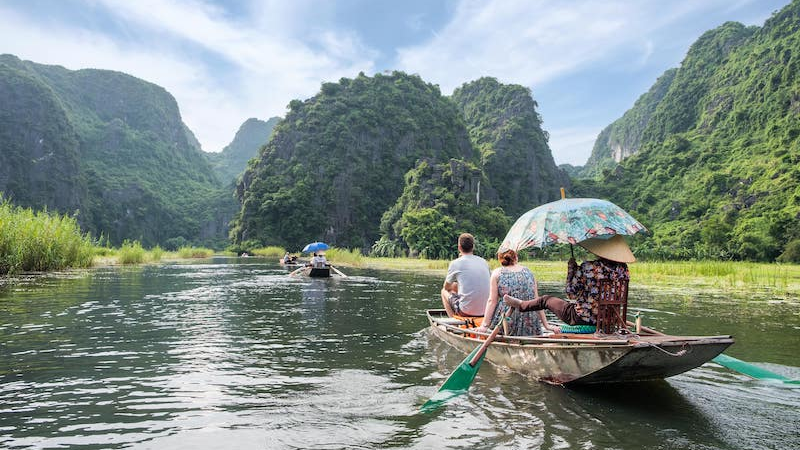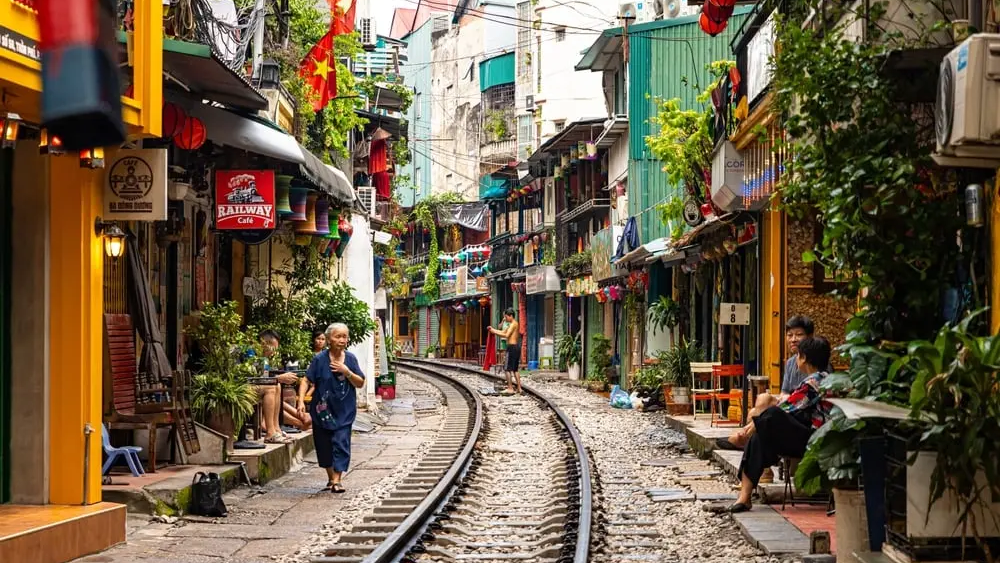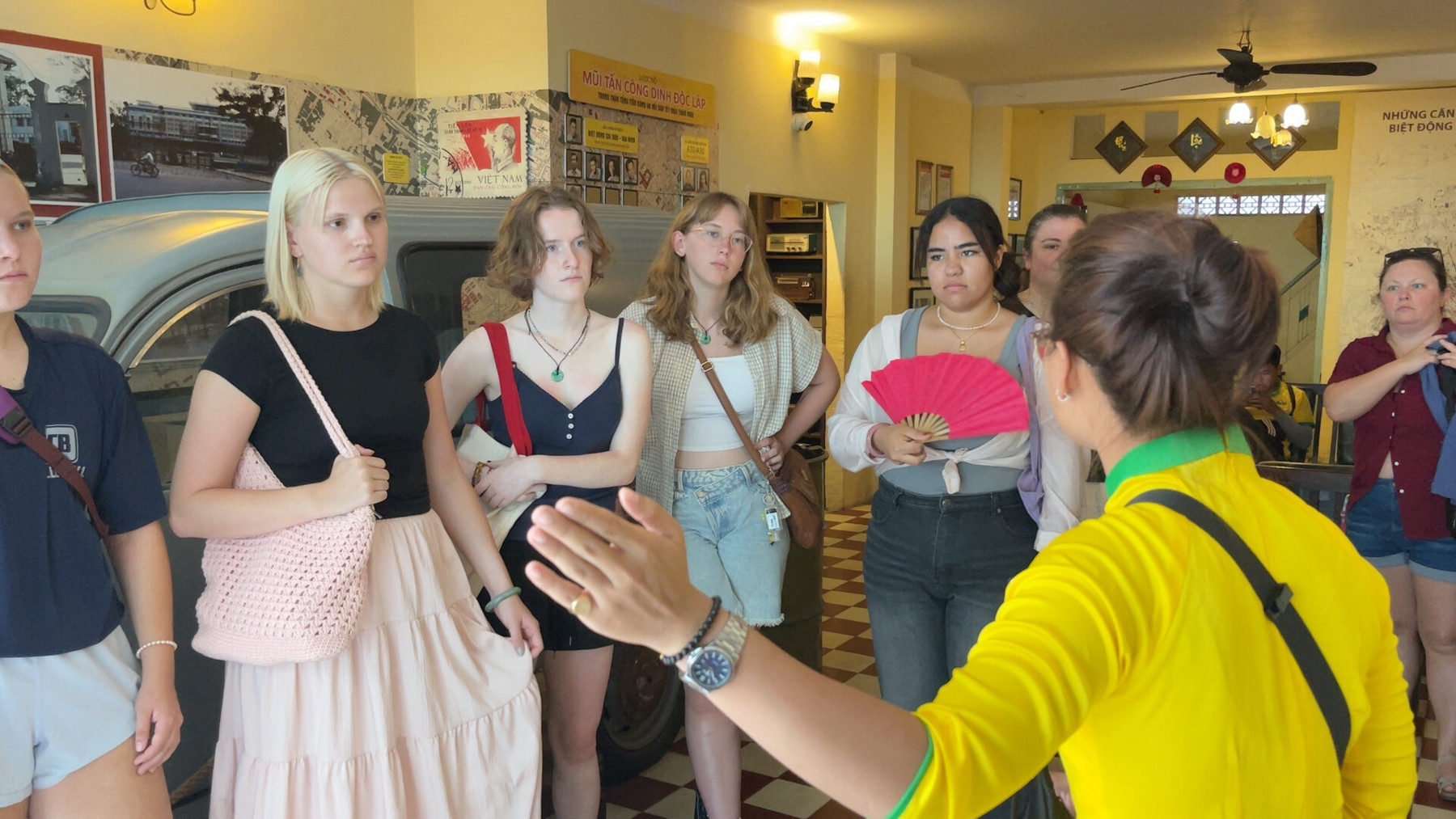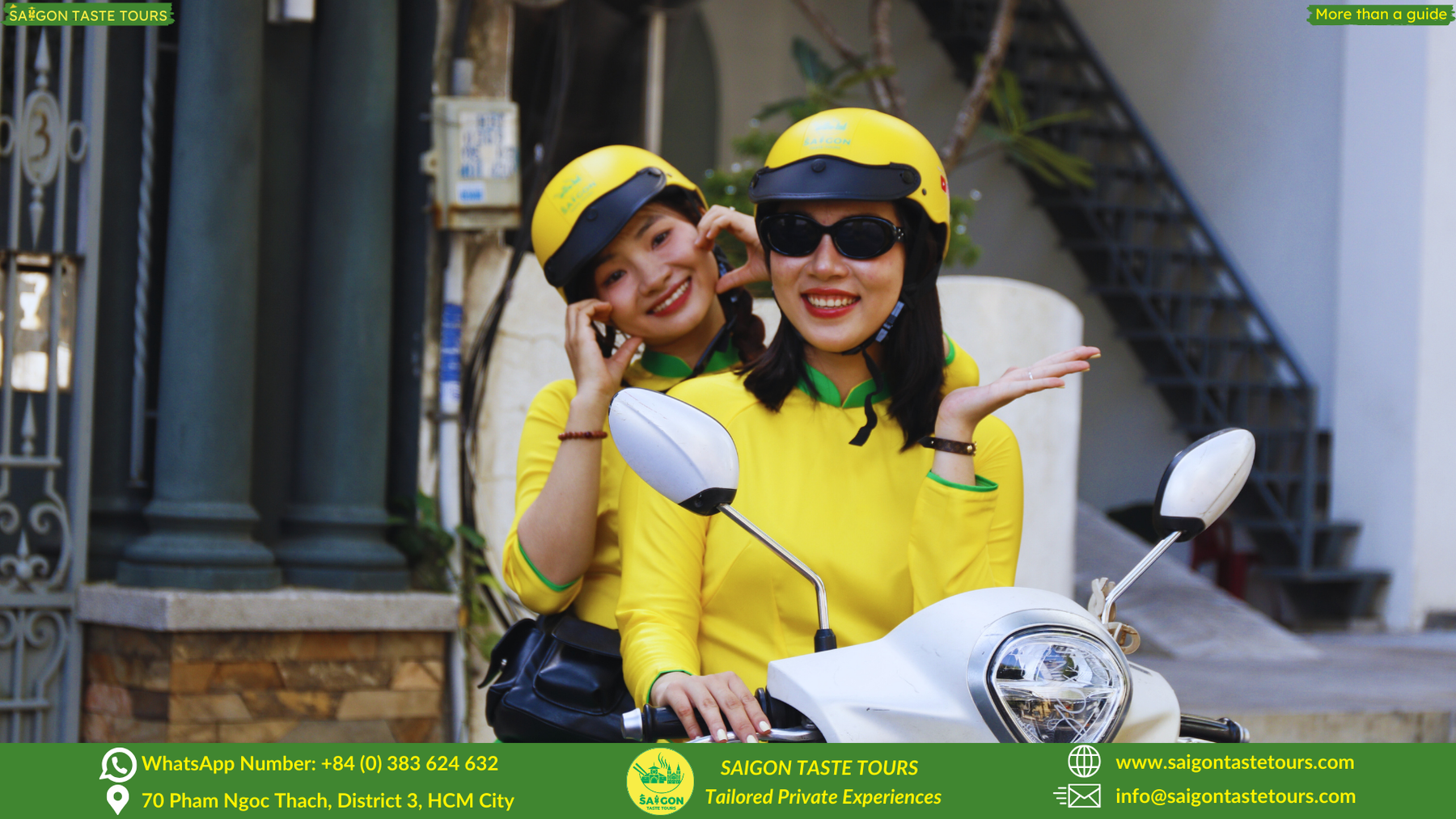Practical Tips for First-Time Travelers to Vietnam
Planning your first trip to Vietnam? This vibrant Southeast Asian destination offers a perfect mix of breathtaking landscapes, ancient culture, and flavorful cuisine. From the bustling streets of Hanoi to the peaceful Mekong Delta, Vietnam has something for every traveler. To help you enjoy your journey, here are practical tips for first-time visitors covering transport, money, food, culture, and safety.

Table of contents:
1. Preparing for Your Trip
Best Time to Visit Vietnam
Vietnam’s weather varies from north to south. The best time to visit is usually from November to April, when the weather is cooler and drier. Northern Vietnam has four seasons, while the south is typically tropical with wet and dry seasons. Plan your itinerary based on the regions you want to explore.
Visa and Entry Requirements
Most travelers will need a Vietnam visa to enter the country. Many nationalities are eligible for an e-visa, including those from India, Canada, and the USA, which is quick and affordable. Always check the latest requirements before you travel, and ensure your passport is valid for at least six months.
What to Pack for Vietnam
Pack light, breathable clothing for the hot climate, but don’t forget a light jacket for cooler evenings in the north. Comfortable walking shoes, insect repellent, and sunscreen are must-haves. If you plan to visit temples, bring modest clothing that covers shoulders and knees.


2. Getting Around Vietnam
Domestic Flights, Trains, and Buses
Vietnam is long and narrow, so flying between major cities like Hanoi, Da Nang, and Ho Chi Minh City can save time. Trains are slower but scenic, especially along the coast. Buses are affordable and widely available, though they may not be the most comfortable for long trips.
Using Taxis, Ride-Hailing, and Motorbikes
Taxis are easy to find in major cities, but always choose reputable companies like Mai Linh or Vinasun. Ride-hailing apps such as Grab are convenient for both cars and motorbikes. Adventurous travelers may rent a motorbike, but traffic can be chaotic. Ride carefully and always wear a helmet.
Navigating Vietnamese Streets Safely
Crossing the street in Vietnam can be intimidating. Walk slowly and confidently, allowing motorbikes to flow around you. Avoid sudden stops, and follow locals’ lead when crossing busy intersections.
3. Money and Budgeting
Currency and Payment Methods
The local currency is the Vietnamese Dong (VND). Cash is widely used, especially in markets and small shops. Larger hotels and restaurants may accept credit cards, but always carry some cash for daily expenses. ATMs are common in cities.
Average Daily Costs
Vietnam is budget-friendly. On average, $30–$50 USD per day covers food, transport, and accommodation. Luxury travelers can also enjoy Vietnam at a fraction of Western costs.
Tips for Bargaining and Avoiding Scams
Markets and street vendors often expect bargaining, so don’t be shy—but stay polite. To avoid scams, agree on taxi fares in advance if there’s no meter, and be cautious of overly cheap tour offers.
4. Food and Dining Etiquette
Must-Try Vietnamese Dishes
No trip to Vietnam is complete without tasting pho (noodle soup), banh mi (Vietnamese sandwich), fresh spring rolls, and regional specialties like cao lau in Hoi An. Street food is a highlight for many travelers.
Street Food Safety Tips
Street food is generally safe, but choose busy stalls with high turnover. Watch food being cooked fresh in front of you and avoid anything that looks like it’s been sitting out too long. You can visit the night market like Ho Thi Ky Food Street or Ba Chieu Night Market in Ho Chi Minh City, and Hanoi Weekend Night Market in Hanoi.
Dining Manners to Remember
It’s polite to wait for the eldest person at the table to start eating. Chopsticks should never be left upright in rice, as this resembles funeral offerings. Sharing dishes is common, so try a bit of everything.


5. Culture and Etiquette
Greetings and Social Norms
Vietnamese greetings are usually a handshake or a gentle nod. Always use both hands when giving or receiving items as a sign of respect.
Dress Code for Temples and Religious Sites
When visiting temples, dress modestly. Cover your shoulders and knees, and remove your shoes before entering sacred areas.
Respecting Local Customs
Vietnamese culture values politeness and humility. Avoid raising your voice or showing frustration in public. A smile goes a long way when interacting with locals.
6. Safety Tips
Common Travel Scams and How to Avoid Them
Watch out for taxi drivers without meters, overpriced souvenirs, and motorbike rental scams. Book services through trusted providers, and double-check bills before paying.
Emergency Numbers and Support
In Vietnam, the emergency numbers are:
- Police: 113
- Fire: 114
- Ambulance: 115
Keep your embassy or consulate contact details handy in case of emergencies.
7. Getting SIM Card in Vietnam
Staying Connected (Wi-Fi & SIM Cards)
Buying a tourist SIM card in Vietnam is simple and convenient at international airports, where multiple vendors approach travelers after immigration. The most reliable providers are Viettel and Mobifone, and you can also purchase SIMs from their official stores. Free Wi-Fi is available in most cafes and hotels.
✨ With these practical tips, first-time travelers to Vietnam can explore confidently, knowing what to expect and how to adapt. Whether you’re here for the food, culture, or scenery, Vietnam promises unforgettable experiences.
✨If you don’t receive a response, please contact me directly via my WhatsApp number or send me an Email📱 WhatsApp: +84 383 624 632 📧 Email: info@saigontastetours.com 🌐 Website: www.saigontastetours.com
Book a Once-in-a-Lifetime Experience with us
OUR EXPERIENCES
Ao Dai Motorbike Tours Cu Chi Tunnels Excursions Ho Chi Minh Day Trips, and Combos Mekong Delta Adventures Saigon: Culture & History Saigon Street Food Southern Vietnam Coastal Adventures Taste Of Saigon Tours
Don’t leave just yet—stay with us a bit more!



Leave a Reply